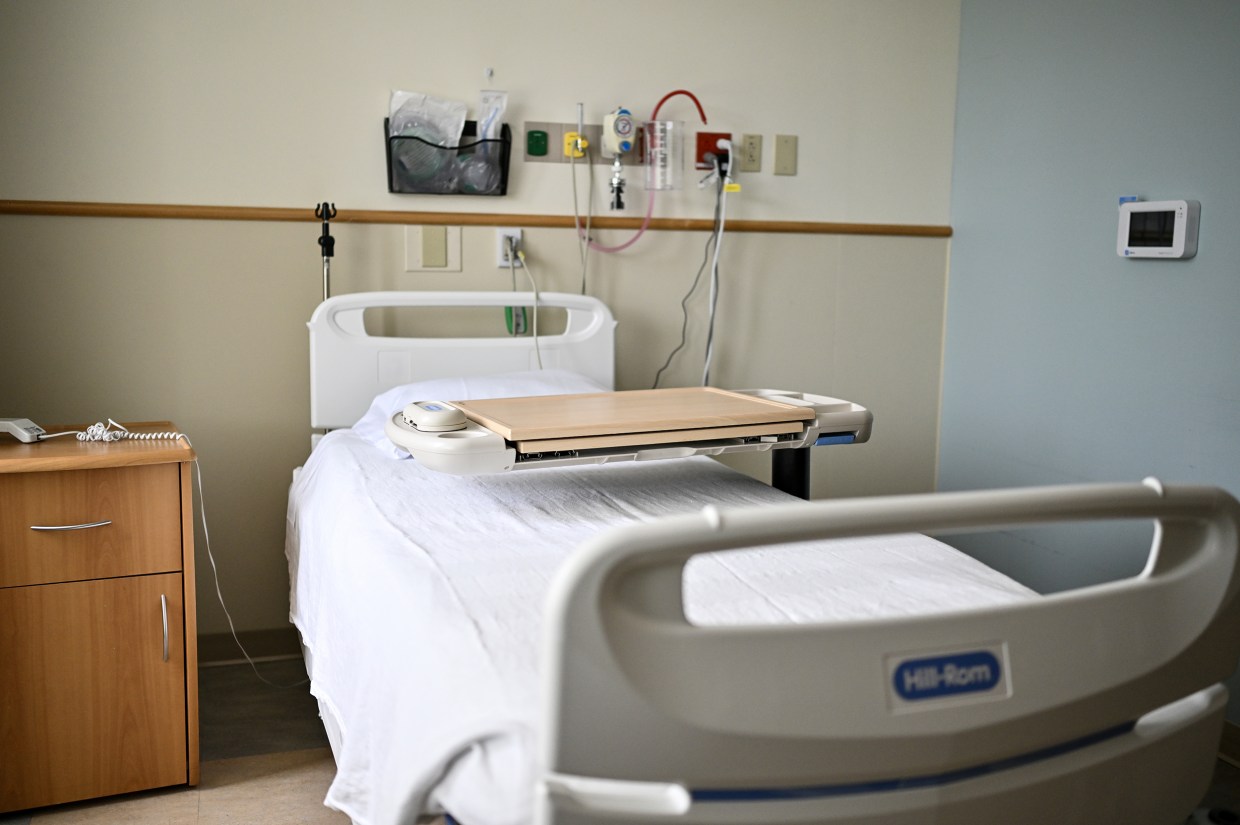A breakthrough in eye care may offer hope for millions of older adults experiencing vision decline, as researchers develop innovative eye drops designed to combat age-related eye deterioration. This advancement could transform how vision loss is treated, potentially reducing the need for invasive procedures and improving quality of life for aging populations.
Age-related vision loss affects a significant portion of the population, with conditions such as macular degeneration, cataracts, and presbyopia becoming increasingly common as people grow older. Traditionally, treatments have involved corrective lenses, surgical interventions, or lifestyle modifications, but these solutions often address symptoms rather than the underlying causes. The development of specialized eye drops represents a potential paradigm shift, targeting the biological mechanisms behind age-related eye decline and offering a non-invasive, accessible option for long-term vision care.
How the latest eye drops function
Las nuevas gotas para los ojos están creadas para restaurar y resguardar las células retinianas, mejorar el flujo sanguíneo ocular, y disminuir el estrés oxidativo, factores que conducen al deterioro de la visión con el tiempo. Los investigadores han centrado sus esfuerzos en fórmulas que combinan antioxidantes avanzados, péptidos y complejos nutricionales para nutrir el ojo a nivel celular. Al fortalecer la función retinal y apoyar el tejido ocular saludable, estas gotas buscan ralentizar o incluso revertir ciertos aspectos de la pérdida de visión relacionada con la edad.
Clinical trials have demonstrated promising results, with participants reporting improvements in visual acuity, reduced eye strain, and better low-light vision. While the treatment is still under review for wider approval, experts are optimistic that this approach could supplement or, in some cases, replace more invasive procedures. In addition, the eye drops are being tested for their potential to prevent early-stage vision decline, offering a proactive approach to maintaining eye health as people age.
Beyond the biological effects, the ease of using eye drops makes them a sensible choice for everyday purposes. In contrast to surgical procedures or more involved treatments, these drops can be seamlessly incorporated into a daily routine, improving compliance and optimizing possible advantages. Accessibility and simplicity are vital, particularly for the elderly who might encounter mobility or health issues that complicate regular visits to healthcare facilities.
Effects on older demographics
The implications of effective, non-invasive treatments for age-related vision loss are profound. Millions of older adults worldwide struggle with diminished independence, reduced mobility, and limitations in daily activities due to declining eyesight. Vision impairment can impact driving, reading, social interaction, and overall quality of life, often contributing to isolation, depression, and other health concerns. Eye drops that address the underlying causes of degeneration could help individuals maintain independence and continue engaging fully in everyday life.
Healthcare systems may also benefit from widespread adoption of such treatments. Preventing or slowing vision loss could reduce the need for surgeries, long-term care, and specialized support services, easing the burden on hospitals and clinics. Additionally, public health initiatives could incorporate these eye drops as part of preventive care programs, encouraging regular use among aging populations to maintain visual health and enhance overall well-being.
Researchers emphasize that while eye drops are a promising tool, they should be combined with lifestyle interventions for optimal results. Maintaining a balanced diet rich in eye-supportive nutrients, protecting eyes from excessive UV exposure, and engaging in regular vision check-ups are complementary measures that enhance the effectiveness of medical treatments. Holistic eye care approaches integrate biological, behavioral, and environmental factors to ensure sustained vision health.
The science behind age-related vision loss
Understanding the mechanisms of age-related vision loss is key to appreciating the potential impact of these eye drops. Conditions such as macular degeneration occur when retinal cells deteriorate, leading to central vision loss, while cataracts result from the clouding of the eye’s natural lens. Oxidative stress, inflammation, and reduced blood flow are common contributors to these conditions. By targeting these underlying processes, the eye drops aim to provide a more effective and preventative approach than traditional symptom-focused treatments.
Research into retinal regeneration, nutrient delivery, and ocular biochemistry has accelerated in recent years, fueled by advances in biotechnology and pharmacology. Scientists are increasingly able to create formulations that deliver precise compounds directly to ocular tissue, improving absorption and efficacy. The combination of laboratory innovation, clinical research, and patient feedback is driving a new era of vision therapies, with non-invasive options such as eye drops at the forefront.
Perspective on the future and accessibility
Looking ahead, the potential widespread availability of these eye drops could redefine standards of care for age-related vision loss. Regulatory approvals, manufacturing scalability, and distribution strategies will play critical roles in determining how quickly patients can access this treatment. If successfully implemented, it could provide a cost-effective alternative to surgeries or long-term corrective measures, making advanced eye care more equitable and accessible globally.
Ongoing research continues to explore additional applications, including early-stage prevention, enhancement of night vision, and support for individuals with specific retinal conditions. Personalized formulations tailored to an individual’s genetic and ocular profile may also become a possibility, creating targeted treatments that optimize outcomes for each patient. These innovations underscore a broader shift toward proactive, individualized healthcare that emphasizes prevention, early intervention, and quality of life improvements.
Incorporating new therapies into everyday life
For patients and caregivers, the introduction of advanced eye drops will require education on proper usage, adherence, and monitoring for potential side effects. Healthcare providers will play a crucial role in guiding patients through the integration of these treatments into their daily routines, ensuring both safety and effectiveness. In addition, public awareness campaigns may help older adults recognize the importance of early intervention and consistent eye care, fostering a culture of proactive vision maintenance.
The wider effects of these therapies go further than just physical wellness. Preserving clear eyesight aids in mental health, autonomy, and social activity, fostering holistic aging. People who experience enhanced vision can maintain their hobbies, work tasks, and social engagements, improving general life satisfaction and lessening the mental struggles frequently linked to vision deterioration due to aging.
The creation of eye drops aimed at addressing the fundamental reasons for vision deterioration marks a significant leap in medical science and preventive health care. By merging scientific progress, accessibility, and lifestyle adaptation, these therapies have the capacity to change the way society deals with aging and visual health. As studies advance and these become more widely accessible, countless individuals might see a revival of hope in preserving clear sight and experiencing the autonomy and quality of life that accompany it.



:strip_icc()/GettyImages-1285710682-b0236f4671d1428fa53fd5be8a37c521.jpg)

